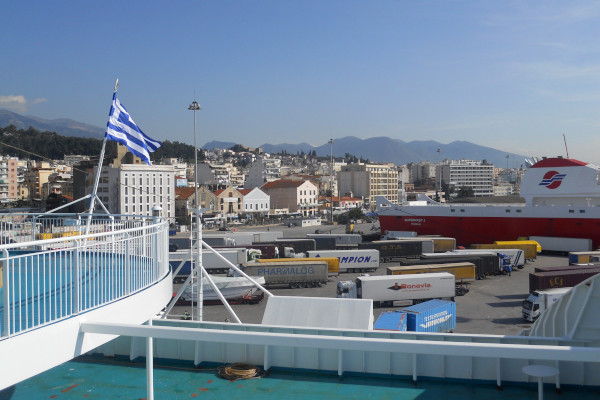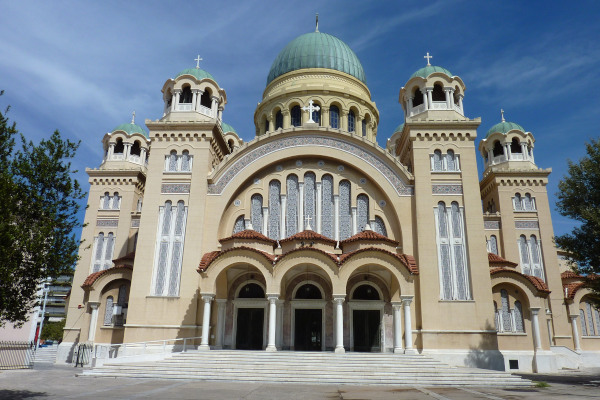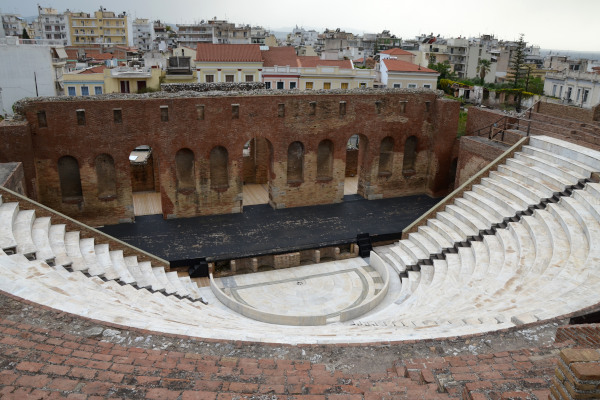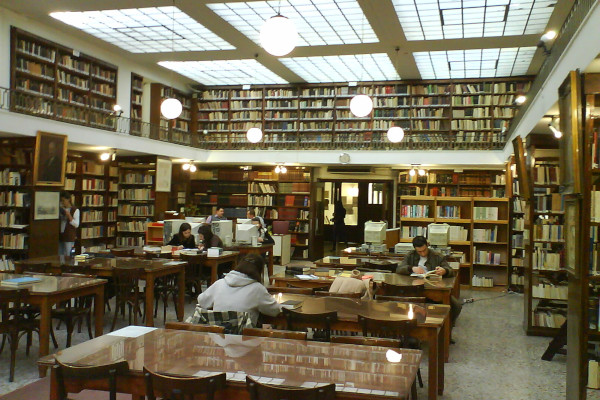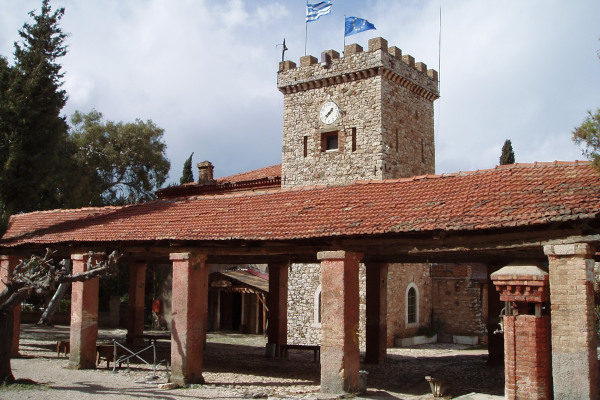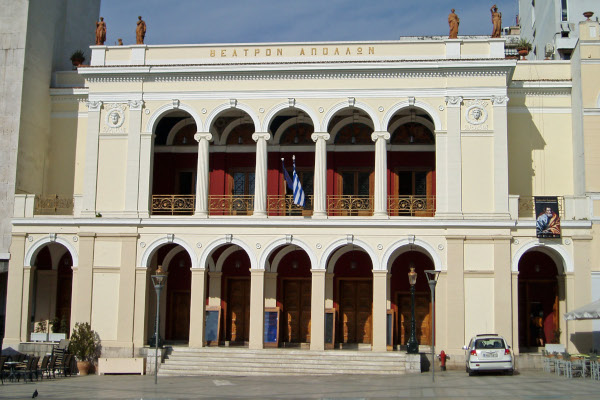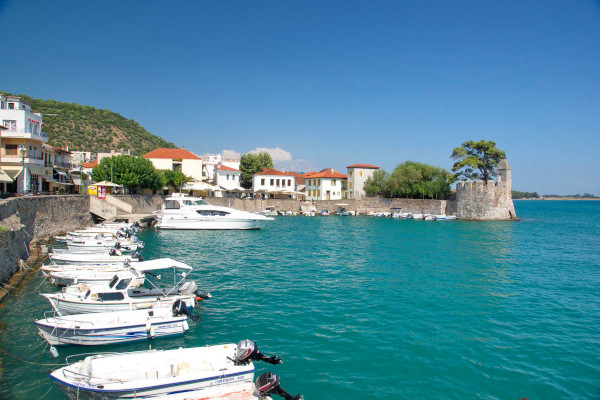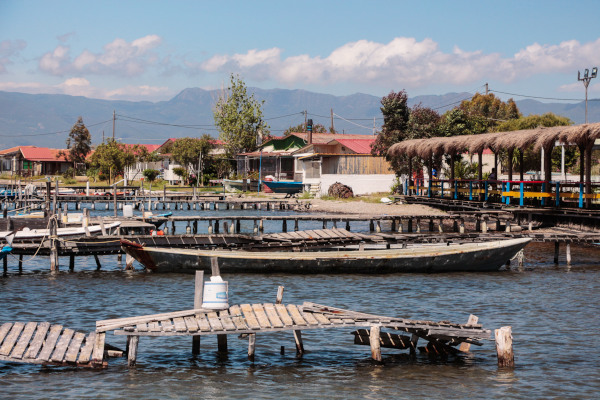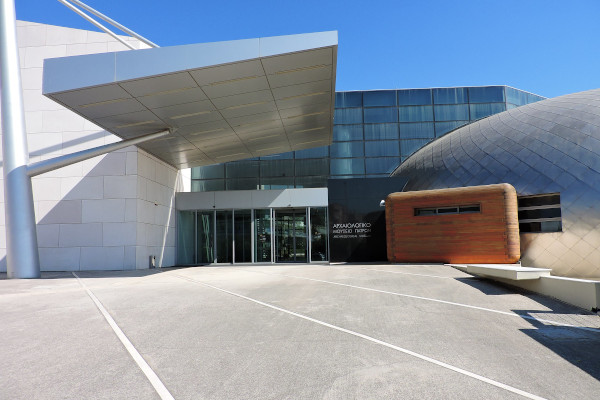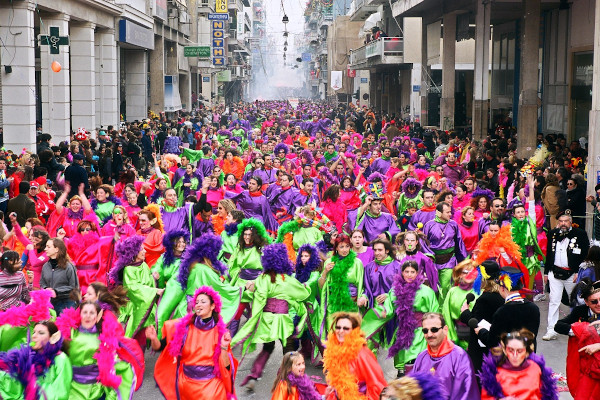Patras Attractions
Saint Andrew Cathedral
The biggest church in Greece hosts Saint Andrew's relics which were stolen by Crusaders. The Catholic Church gave them back in 1964.
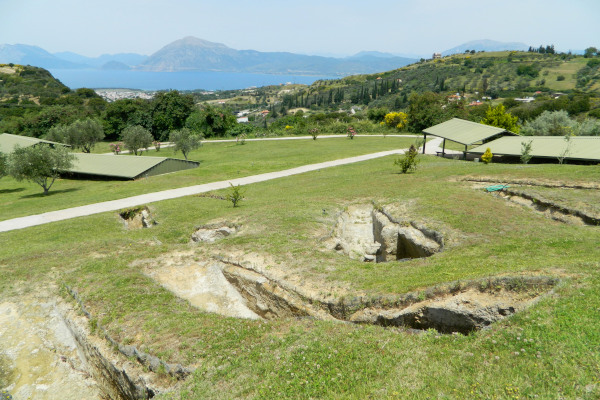
Mycenaean Cemetery of Voudeni
A 3500-years-old Mycenaean settlement and cemetery lies in Voudeni. Steeped in history, this place has a great view over Patras and the gulf.
Roman Odeon of Patras
A restored and operational conservatory that hosts theatrical and music events and dates from the Roman times.
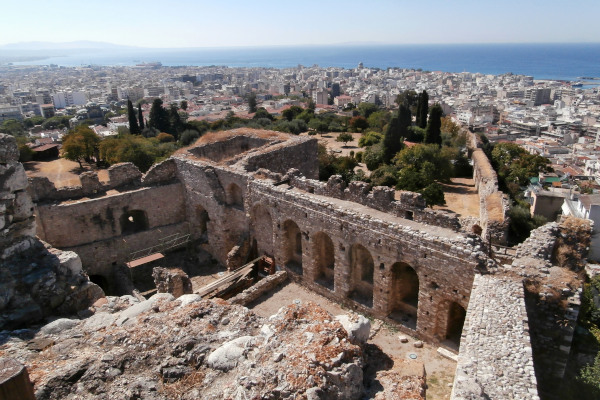
Castle of Patras
This well-preserved Byzantine fortification was built on top of the ancient Acropolis by Emperor Justinian. Enjoy the magnificent view.
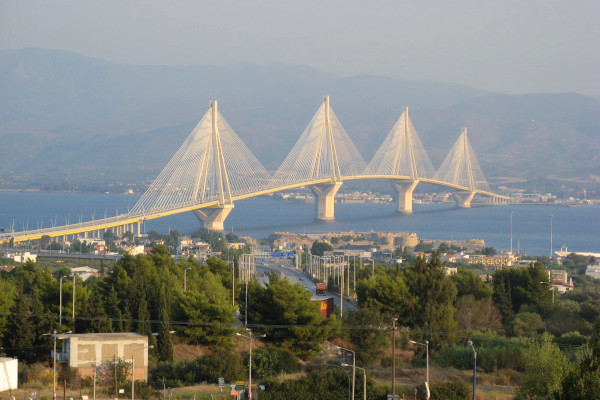
Rio-Antirrio Bridge
A megastructure and the second connecting point between Peloponnese and the Greek mainland that would inspires awe to any passersby.
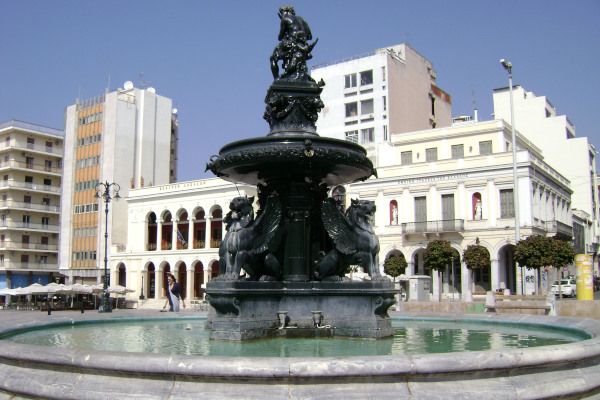
King George Square
The central square of the city was founded in 1829 by the first Greek governor, Ioannis Kapodistrias, and has two fountains.

Patras Lighthouse
After having demolished the old lighthouse in 1972, the municipality decided to rebuilt it in 1999. Ideal for a relaxing walk during sunset.
